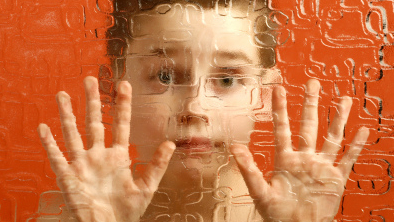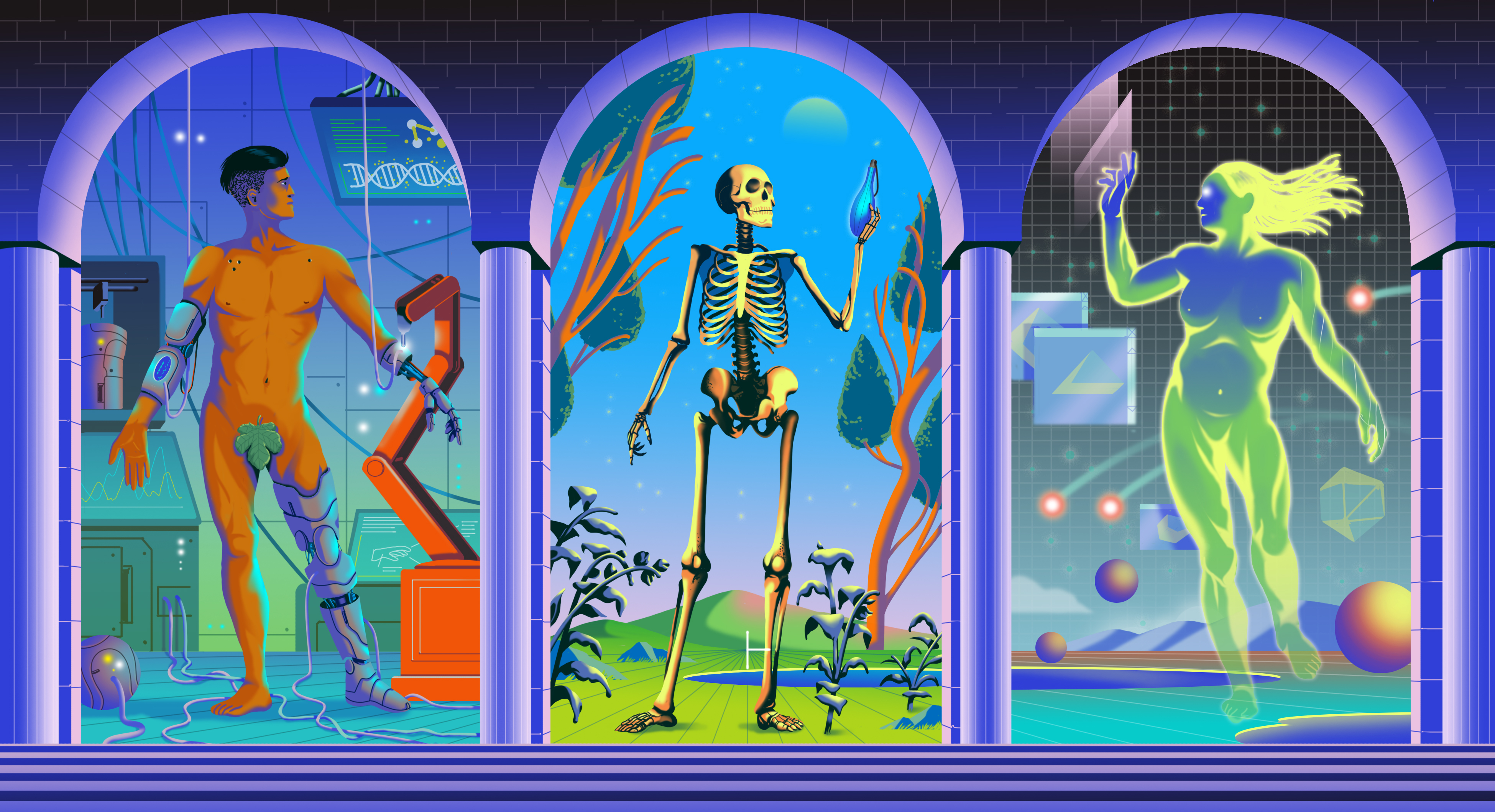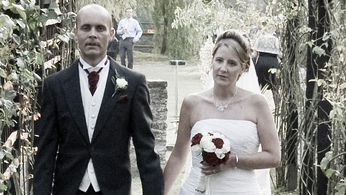Why There May Never Be a Cure for Autism

The word “cure” often gets in the way of autism research, says Gerald Fischbach, Scientific Director of the Simons Foundation Autism Research Initiative. “I don’t know of any neuropsychiatric disorder other than an infection that has been cured,” he says. But that news is not as pessimistic as it sounds. A silver bullet cure may not be on the horizon, but new therapies and treatments could vastly improve the lives of those with ASD by targeting the individual components of the disorder. “The goal is to improve the quality of life of people who experience autistic symptomology,” says Fischbach.
Further complicating the search for a cure is that autism appears to be a constellation of disorders. “I don’t think we’re going to find a cure for autism because I don’t think autism is really a single disorder,” says Susan Bookheimer of UCLA. “As long as that is the case we’re going to have to find many approaches to treating different aspects of autism.”
So where does this pursuit lead? Autism researchers are currently trying to find the pathways that lead from genes to neurobiological differences and in turn to behavioral differences. In particular, a great effort is currently underway to identify the genes that cause autism, says Michael Wigler, a geneticist at Cold Spring Harbor Laboratory in New York. During his Big Think interviewed in 2010, Wigler described this effort: “By doing very exhaustive sequence comparisons of children to their parents, we will identify the actual culprit genes, and that will take us two to four years.” He estimates that there will be up to 400 genes—any one of which could cause autism. “When we have those genes, when we see what they do, we can see what pathways they are interacting with, and some of those will suggest immediately treatments that can be tested.”
As in many areas of medicine, this is a time of tremendous optimism, but “it’s a marathon, not a sprint,” says Christopher Walsh, Chief of the Division of Genetics at Children’s Hospital Boston. “We now have the first sort of beginning of what we hope will be a raging bonfire of possible treatments,” he believes. “But right now it’s just a couple of little hopeful flames that we’re trying to blow on and nurse as well as we can to get them going.”
More Resources:
—A recent Yale School of Medicine study that identifies the neural signatures of autism.
—A scientific study investigating whether MDMA (ecstasy) or a similar compound can increase empathy in those with autism.





